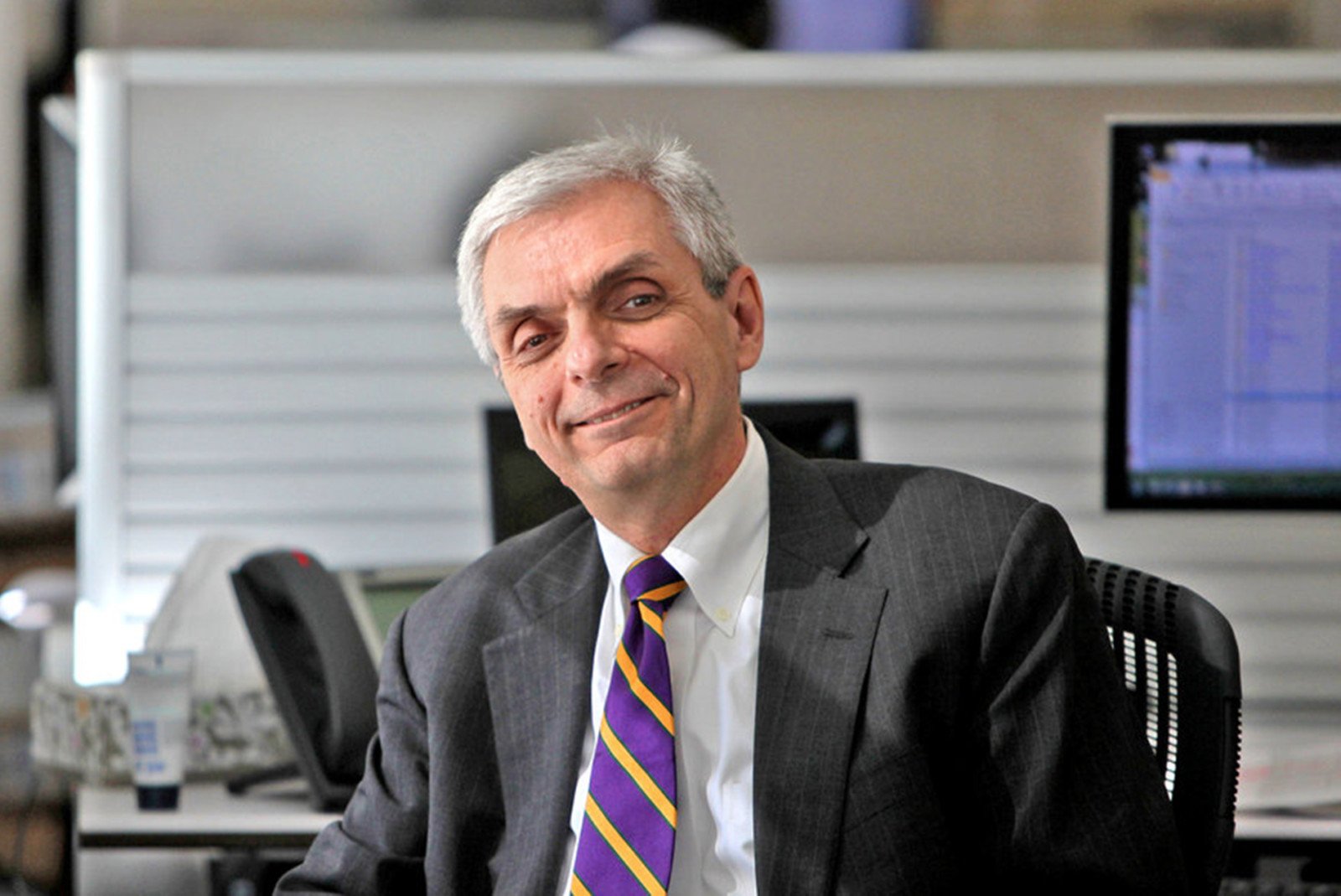AIA New York interviewed Carl Galioto, HOK’s president and the managing principal of the firm’s New York and Philadelphia offices, about his current role and how architects can continue to make New York a better place.
Excerpted from AIA New York:
What does your day-to-day job involve, and why is having a president important to HOK’s structure?
HOK is a virtual firm without a “headquarters.” Instead, we have 23 offices around the world operating within a matrix of geography, market sectors and professional services. This organization, which was envisioned by the founders in the 1950s, must have strong and clear leadership to keep the firm working together with common vision and goals. We are led by an Executive Committee that in addition to me is composed of Bill Hellmuth (Chairman and CEO), Tom Robson (COO), Susan Williams (executive) and Riccardo Mascia (executive).
In addition to your management duties, you head HOK’s buildingSMART program. What is this initiative, and why is it important to HOK?
HOK’s digital design initiatives are grouped under the label of buildingSMART, which conveys a message that we regard design as an important component of the process but not the entire process of fabricating, assembling and operating buildings. We plan our digital efforts to be compatible and usable to our downstream “information customers” to improve the process for our clients. We frequently interact with fabricators to assist in the process and we have provided services to clients to create direct data flow to their facility management applications. We believe this is one way architects and engineers can bring even more value to clients.
Your background is in technical architecture, a sometimes overlooked aspect of practice. How did this career prepare for your current position?
Focusing on the technical aspects of architecture—including delivering services through construction, managing teams, and eventually leading a 200-person group—was great training for my current position. Being a good technical architect is not about memorizing facts. It means understanding concepts and applying them to a process of scientific exploration to arrive at solutions that enable great design ideas to be realized. It requires vision, rigor, and conviction. It requires collaboration with one’s partners and trust in each other.
Another aspect of technical excellence is the delivery of services through construction. I believe that it isn’t “architecture” until it’s built and I am pleased to have developed strong relationships with clients, consultants and many members of the construction industry here in New York. It is easy for clients and architects to enjoy wonderful meetings in the early phases of a project when there are beautiful drawings on the walls and fresh croissants on the table. But lifelong relationships are forged during the years of problem solving throughout construction over many cups of very strong, very bad trailer coffee.
